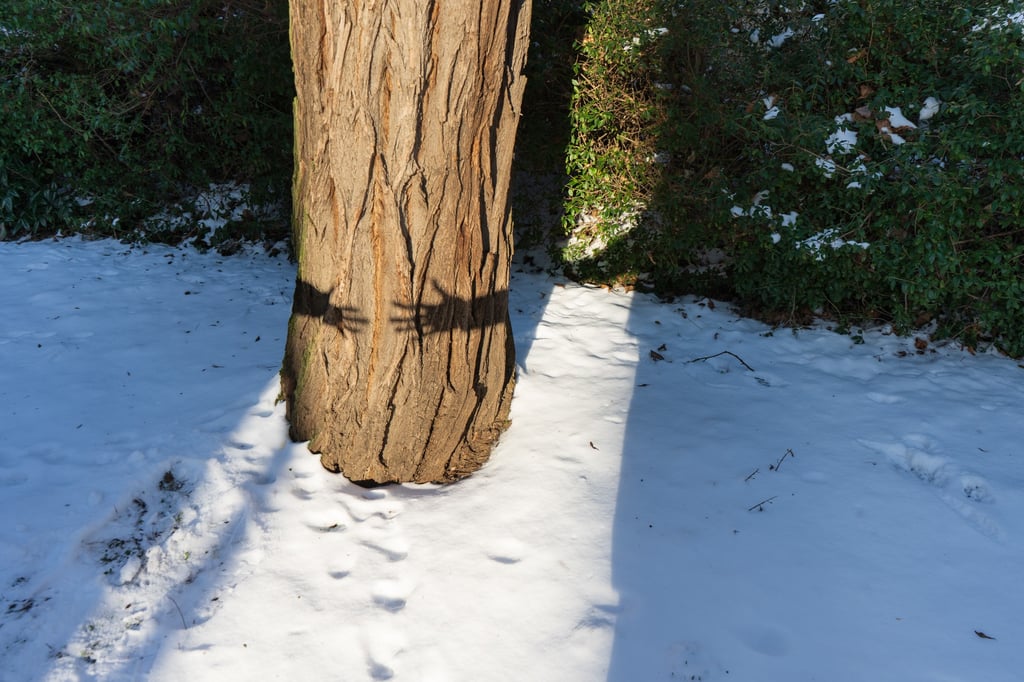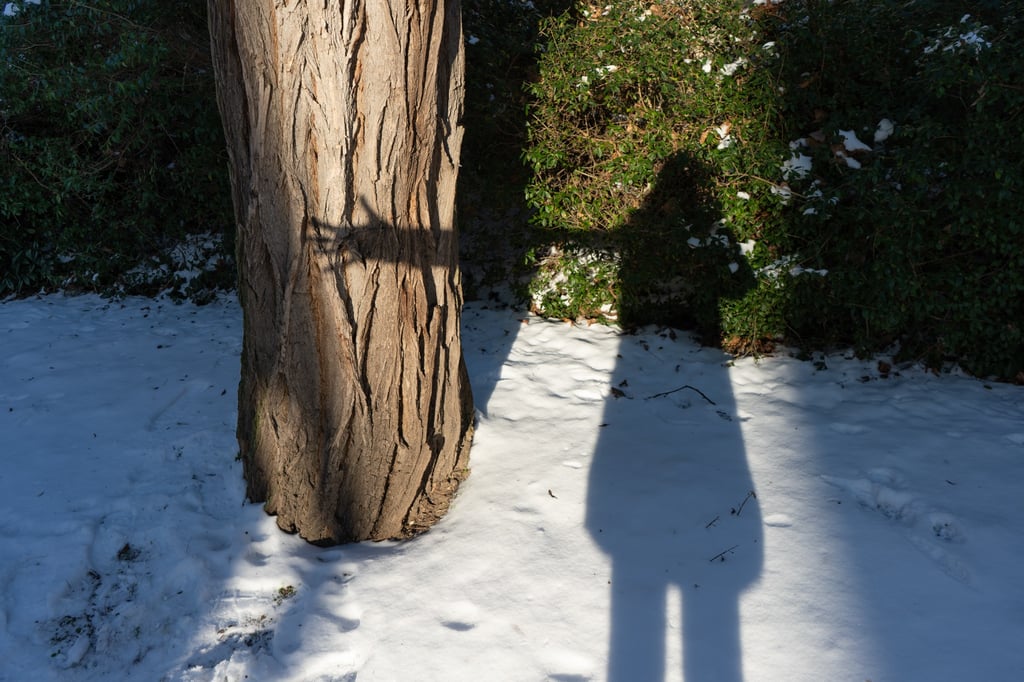Landshape


When considering landscape photography, one of the immediate associations is a panoramic image featuring mountains, seas, forests, and occasionally architectural elements—yet typically excluding human figures. If people do appear, the photo transitions into travel photography. In this conception, it is as though a landscape is perpetually viewed from a distance. When we are already in the sea, the water surrounding us ceases to be part of the landscape, and the landscape shifts forward again.
Landscape, then, becomes something we can never truly attain—except through our eyes.
At times, this genre of photography can erase the traces that reveal how everything in our world is interconnected, how nothing exists independently but is continuously shaped through the relations it establishes between humans and non-humans. By positioning humans as mere observers—those who see rather than those who make—we risk obscuring the profound consequences of our ways of inhabiting the world.
This is not a call to abandon panoramic photographs or to insist that humans must always be present in the frame to acknowledge our role in shaping and unshaping landscapes. Rather, it is an invitation to historicize our current understanding of landscapes. The -scape in landscape derives from sceppan, meaning "to shape." In medieval times, landscape referred to the practice of shaping the land, often in connection with agriculture.
The idea of humanity existing "beyond nature," and of nature as something innate and separate from the social relations that compose it, is deeply rooted in the modern Western ontology that divides nature and culture. Through its ethnographic investigations into alternative ways of dwelling, anthropology has long been striving to reassess this paradigm and illuminate its profound implications for our ways of life.
We make landscapes through our interactions with other materials. However, particularly in the West, we have been doing so in ways that, instead of fostering the continuous birthing of life, have been accelerating the approach of death.


© Ana Cichowicz